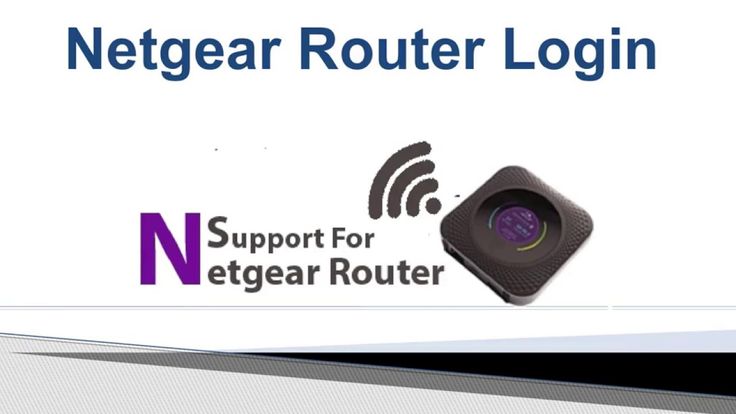How to Log in to Your Netgear Router login | Asus Router Login or Linksys Router login
How to Log in to Your Netgear Router Login | Asus Router Login or Linksys Router Login, If you need to change your Wi-Fi password or other settings on your router, you’ll need to log in. Depending on the manufacturer, you can do so via a web browser or using a dedicated app.
A router is a device that helps guide data packets to their destinations. By routing internet traffic from one network to another. Think of it like an air traffic controller. It ensures that data packets arrive at their destinations safely and efficiently.
Accessing Your Router
There are a few reasons you might want to access your router’s settings. For example, you may need to change your Wi-Fi password or network name. or you might need to adjust security settings.
If you’re a home user, it’s important to know how to log into your router so that you can make changes to your network. You can do this by using a web browser or by accessing your router through a mobile app.
The first thing you need to do is find out your router’s IP address. The easiest way to do this is by opening a web browser and typing in the router’s IP address into the address bar.
Then, you’ll be able to log into your router’s control panel and adjust any settings that you want. Depending on the type of router you have, you might be able to do this through a web browser or an app. Typically, most routers offer both methods of access.
Changing Your Router’s Password
Changing your router’s password is essential to maintaining the security of your home network. Many experts recommend that you change your administrative password at least every 30 to 90 days.
If you don’t change your router’s password. It can be easy for hackers to access your network and take control of the router. They can also use your network to send out spam and viruses, or even to attack your computer files.
The good news is that it’s easy to change your router’s password. And most manufacturers offer a way to do so via a browser-based interface. The steps to change your password will vary by brand, but they’re all essentially the same.
To start, find out the default administrator username and password for your router. This may be listed on the device’s front or a sticker attached to it. If it’s not, try searching for the manufacturer’s website and seeing if you can get the information you need.
Resetting Your Router
If you find that you’re having trouble accessing your router. You can try resetting it to its factory default settings. This is more drastic than a restart, but it can be helpful in some situations.
Resets can also be useful when you suspect malware is attempting to compromise your device. The FBI even recommends resetting your router to prevent malware from entering.
Most modern routers have a reset button on the back or bottom. You can push it using an unwound paper clip or a similar item to reset your device.
Depending on your router, you might need to unplug it from its power source for 30 seconds before pressing the button again. Then, you can plug it back in and hold the button down for another 30 seconds.
Then, you can log into your router’s web interface to change its settings. This includes networking, parental controls, and port forwarding. You’ll need to use the same username and password you used when you set up your network.
Troubleshooting
If you are unable to log in to your router, it may be a sign that something is wrong. Incorrect login credentials, incorrect IP address, browser compatibility issues, firewall blocking access. Or even a router that hasn’t been reset properly. These are all possible reasons for not being able to get into your router’s settings.
First, check to make sure that you have a hard-wired connection to your router. This implies that the coaxial wires are screwed onto the router. The phone and Ethernet cables are inserted into the device’s sockets.
Next, try to ping your router using a computer. If this doesn’t work, then your router might be faulty and needs to be replaced.
If these troubleshooting steps don’t help. There are also third-party diagnostic tools that can help you test your network. These tools won’t tell you what’s causing the problem. But they will help you pinpoint problems and strengthen your network.


